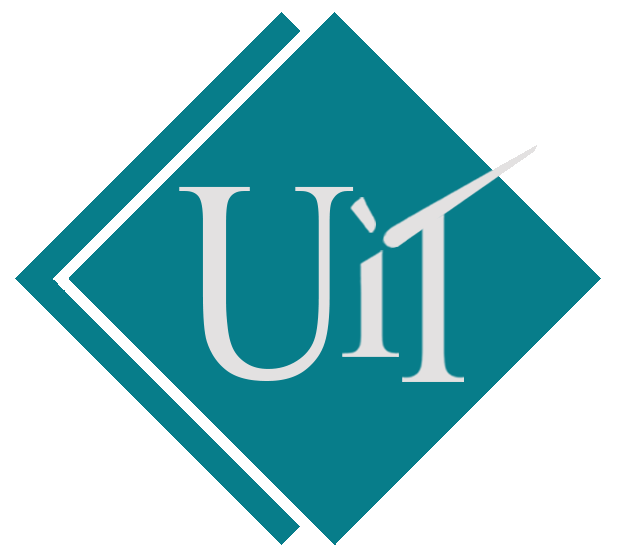According to the official National Institute of Standards and Technology (NIST) definition, “Cloud Computing is a model for enabling ubiquitous, convenient, on-demand network access to a shared pool of configurable computing resources (e.g., networks, servers, storage, applications, and services) that can be rapidly provisioned and released with minimal management effort or service provider interaction.” This course explores the concept of virtualization technology, Cloud Computing, and its models, techniques, and architecture. Students will be exposed to different types of Cloud Computing models, deployment models, and Cloud infrastructure. They also will be gained knowledge about various features of Cloud Computing platforms such as Amazon Web Service (AWS), Google App Engine, Microsoft Windows Azure and open-source software platforms for private Clouds. Some Cloud Computing applications and paradigms are also included in this course. Moreover, other topics of current interest of Cloud Computing such as Cloud storage and security are also dealt with in this course.
The aims of this course are:
- To introduce the concept of virtualization technology.
- To introduce what is Cloud Computing and its techniques, issues and case studies.
- To classify the underlying architecture of different Cloud models: SaaS, PaaS, and IaaS.
- To describe what is Cloud services, its merits, and demerits.
- To identify the determination process of the implementation level of an entire Cloud.
- To give the main idea of the Cloud resource management and scheduling techniques.
- To be familiar with some Cloud application and paradigm.
- To show Cloud storage technologies and relevant distributed file systems.
- To be familiar with the security aspects related to Cloud Computing.
- To demonstrate the key security and control considerations within Cloud Computing Environments.
- To analyze the open-source platforms for private Cloud.
